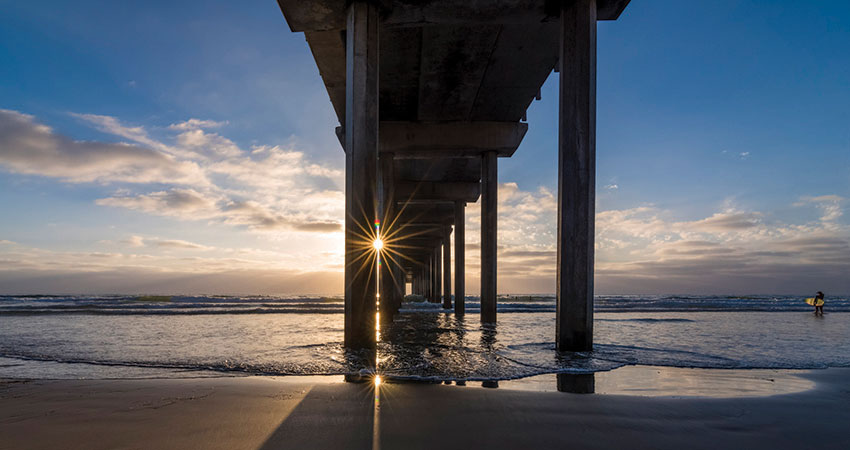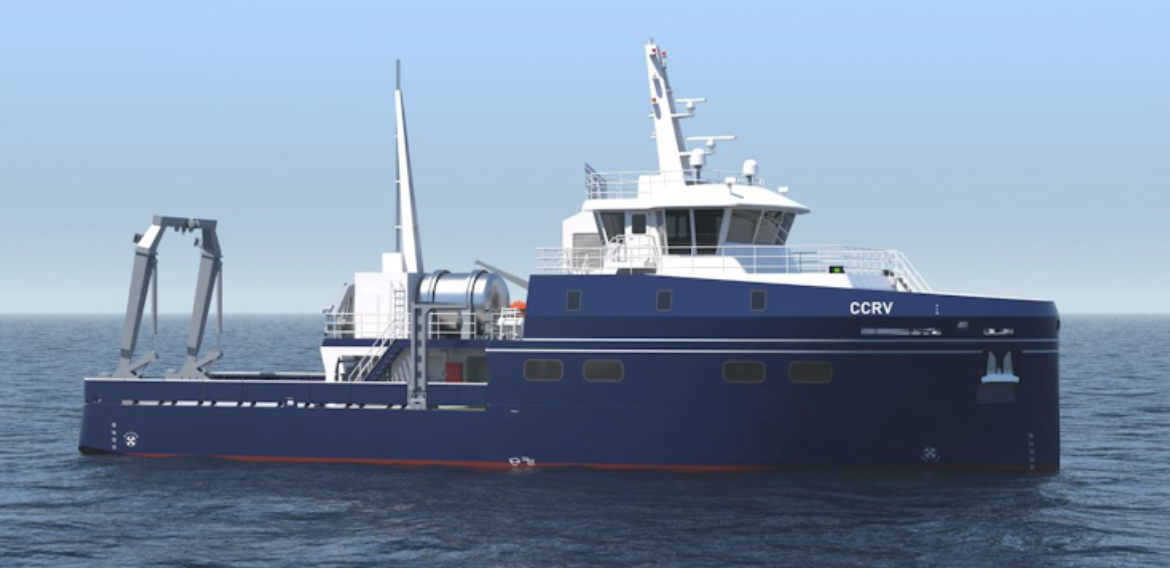
Marine surveys and inspections are undergoing a radical change. More and more remote operations and unmanned systems are being used to observe the ocean, collect data, and carry out crucial activities, often at a lower cost, increased safety, and reduced environmental impact.
Join SubC Imaging Founder & Camera System Manager, Chad Collett, and VP of Software, Adam Rowe as they discuss and take your questions about the essential technologies being developed to support this shift for ocean sciences, offshore energy, and other maritime industries. …
